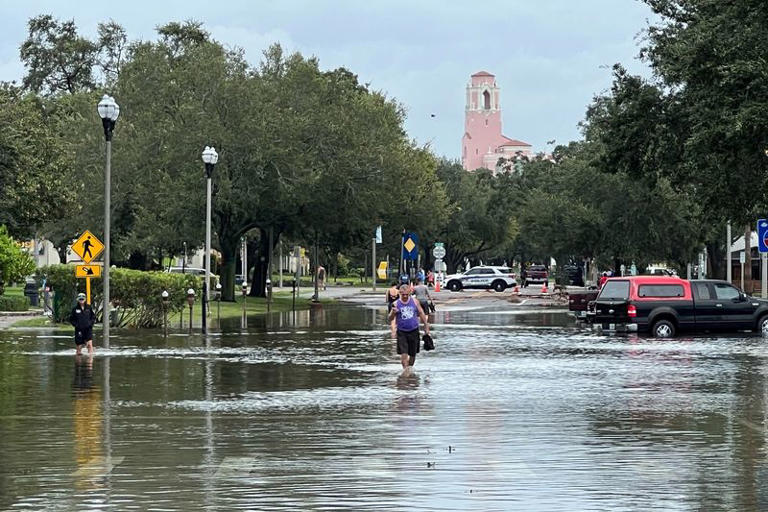On Wednesday, Hurricane Idalia swept through Florida’s Big Bend area, where numerous residents had either evacuated or taken shelter, expecting a hazardous tidal surge. However, the storm’s intensity diminished as it progressed into Georgia.
Drawing its energy from the warm waters of the Gulf of Mexico, Idalia released destructive winds and intense rainfall. These conditions were projected to result in coastal flooding of up to 16 feet (5 meters) along the Gulf Coast of the state. This occurred a day after the storm had passed to the west of Cuba, causing damage to homes, power disruptions, and flooding. Governor Ron DeSantis stated during a press conference on Wednesday afternoon that Idalia’s eye had moved out of Florida. He also mentioned that certain areas in the northern part of the state were still being affected by the storm’s outer bands.
The regions encompassing Florida’s Gulf Coast, southeastern Georgia, and the eastern parts of North and South Carolina could potentially receive 4 to 8 inches (10-20 cm) of rainfall by Thursday. Some isolated areas might even experience as much as a foot of rain, cautioned the hurricane center.
Georgia officials kept a close watch on the storm’s progression into their state. James C. Stallings, the Director of the Georgia Emergency Management Agency, mentioned during a briefing on Wednesday that they were currently in a state of vigilance and readiness.







